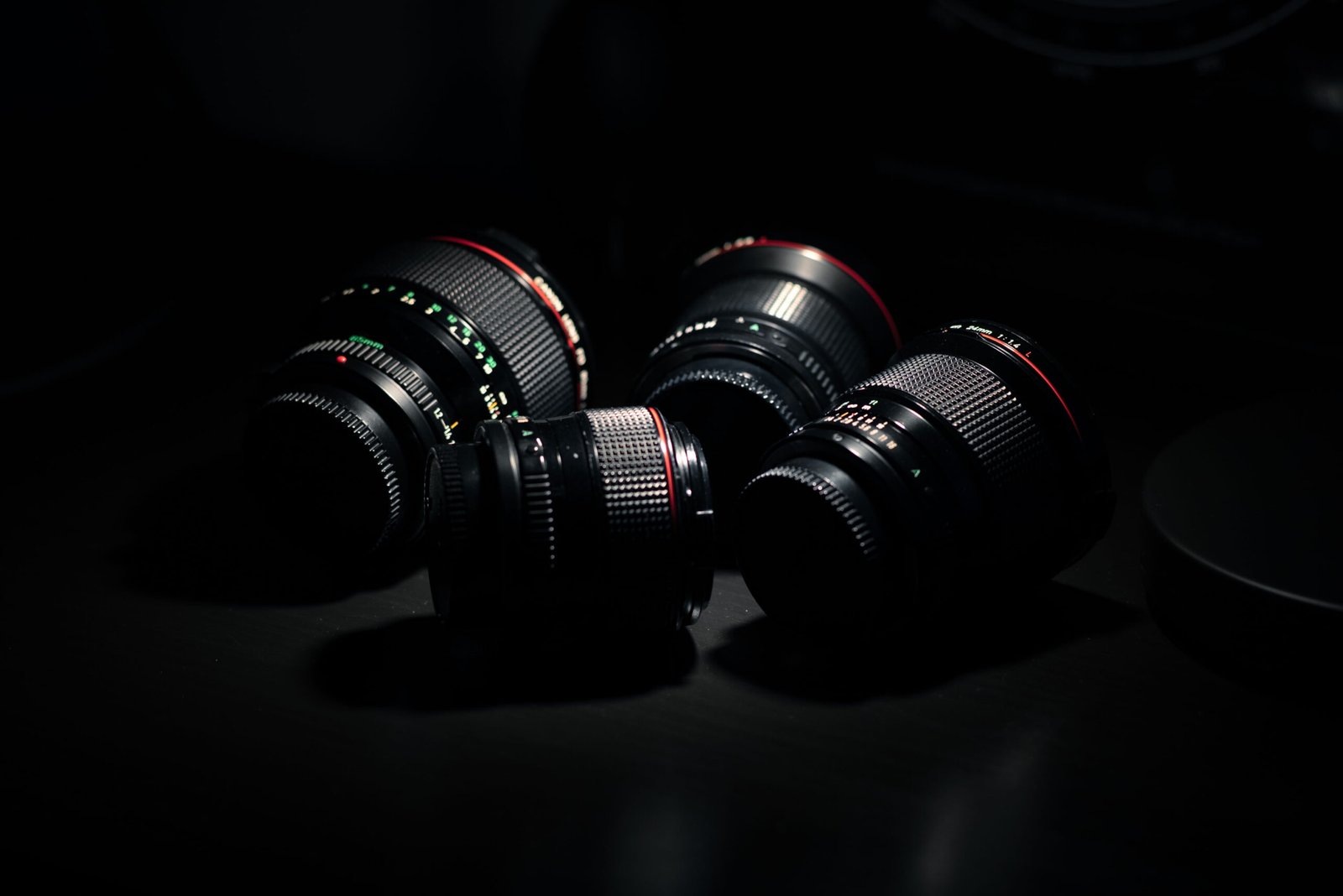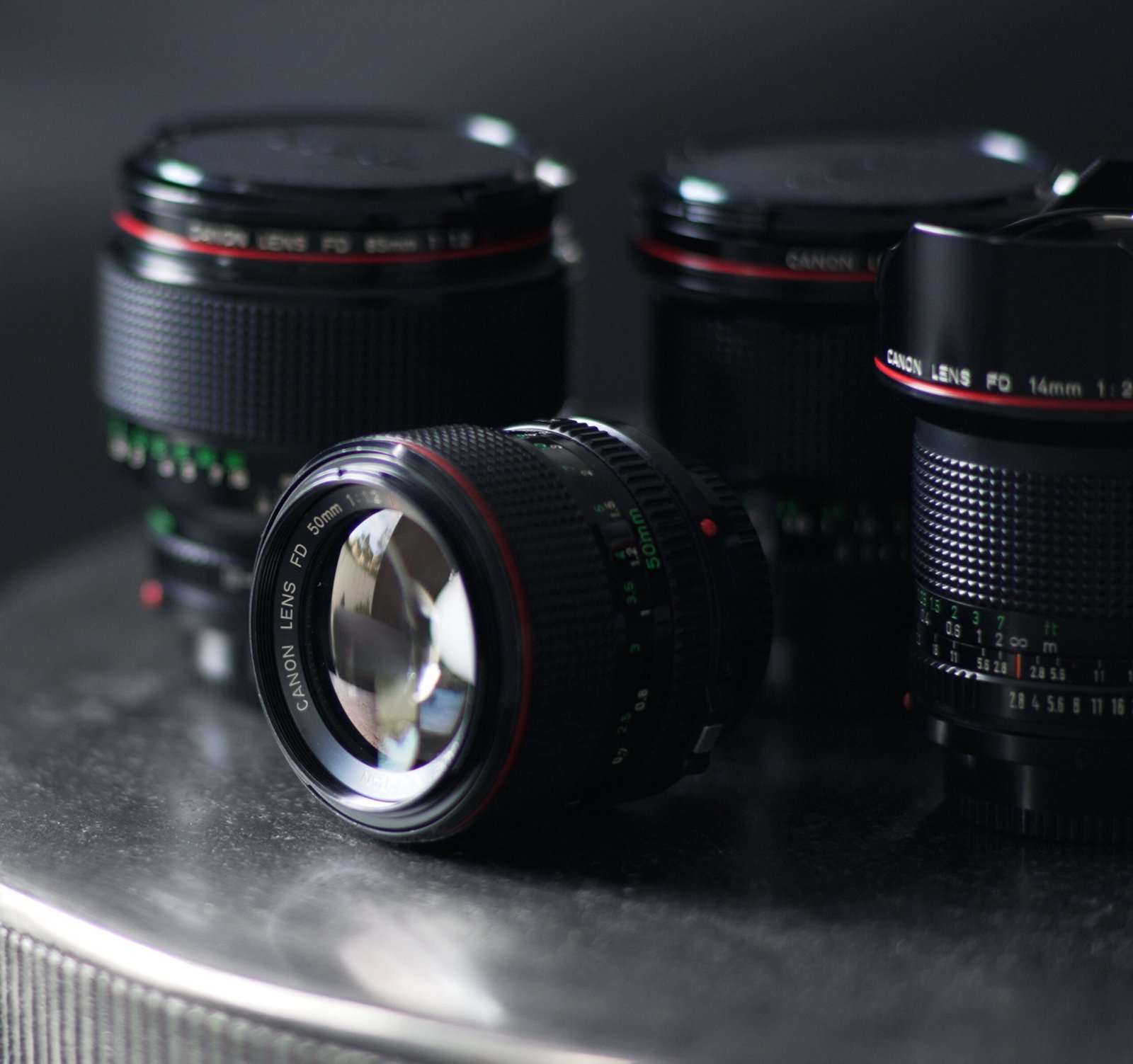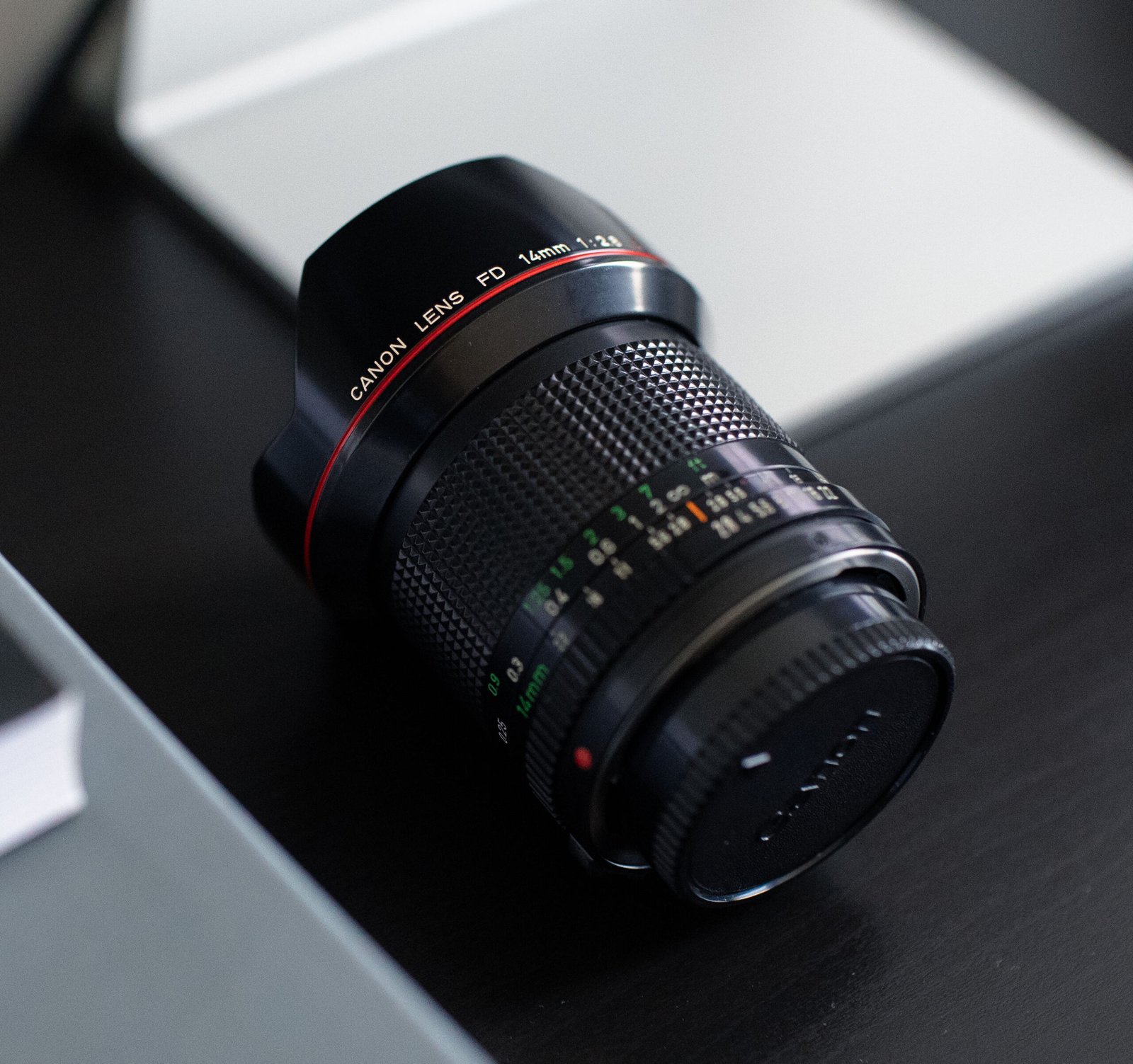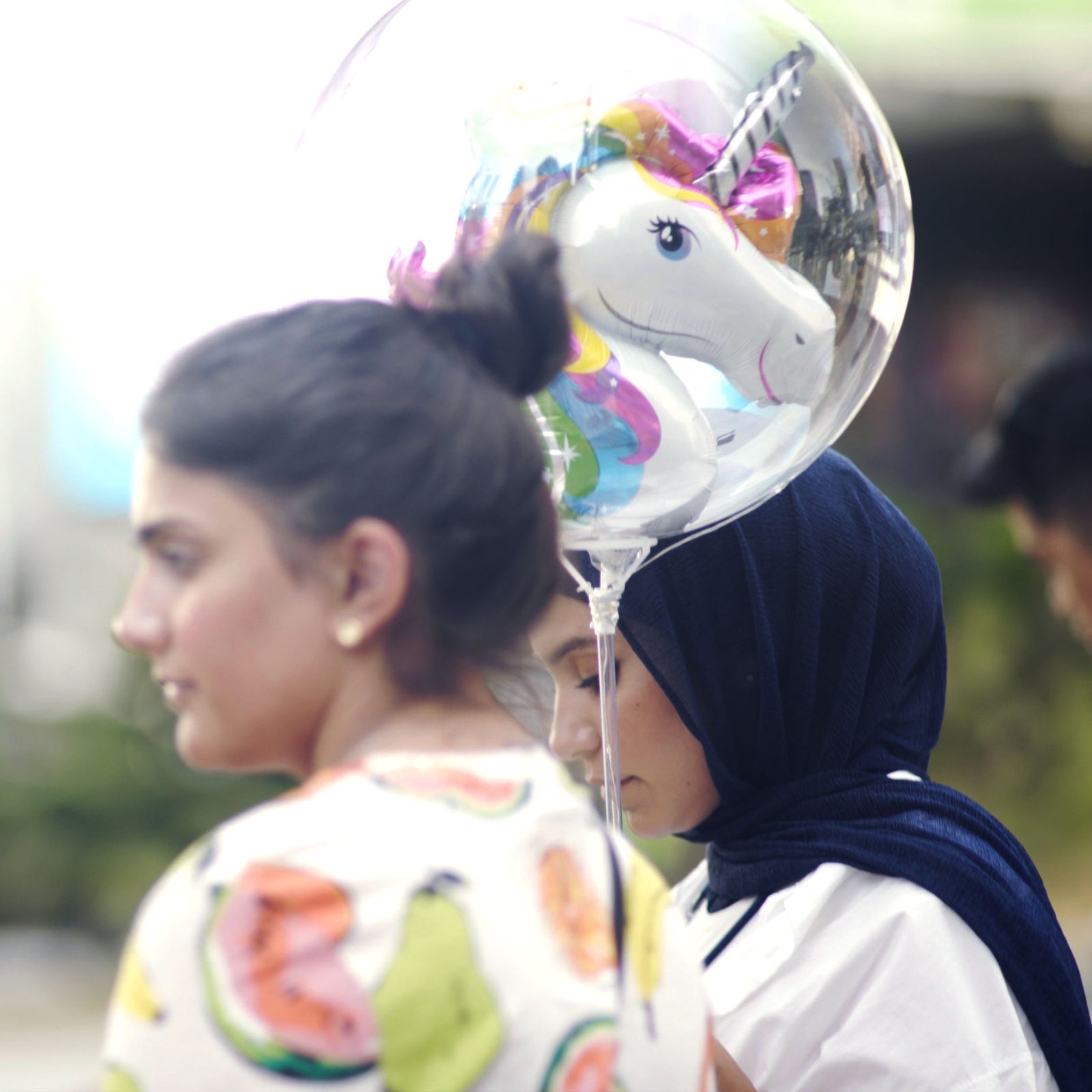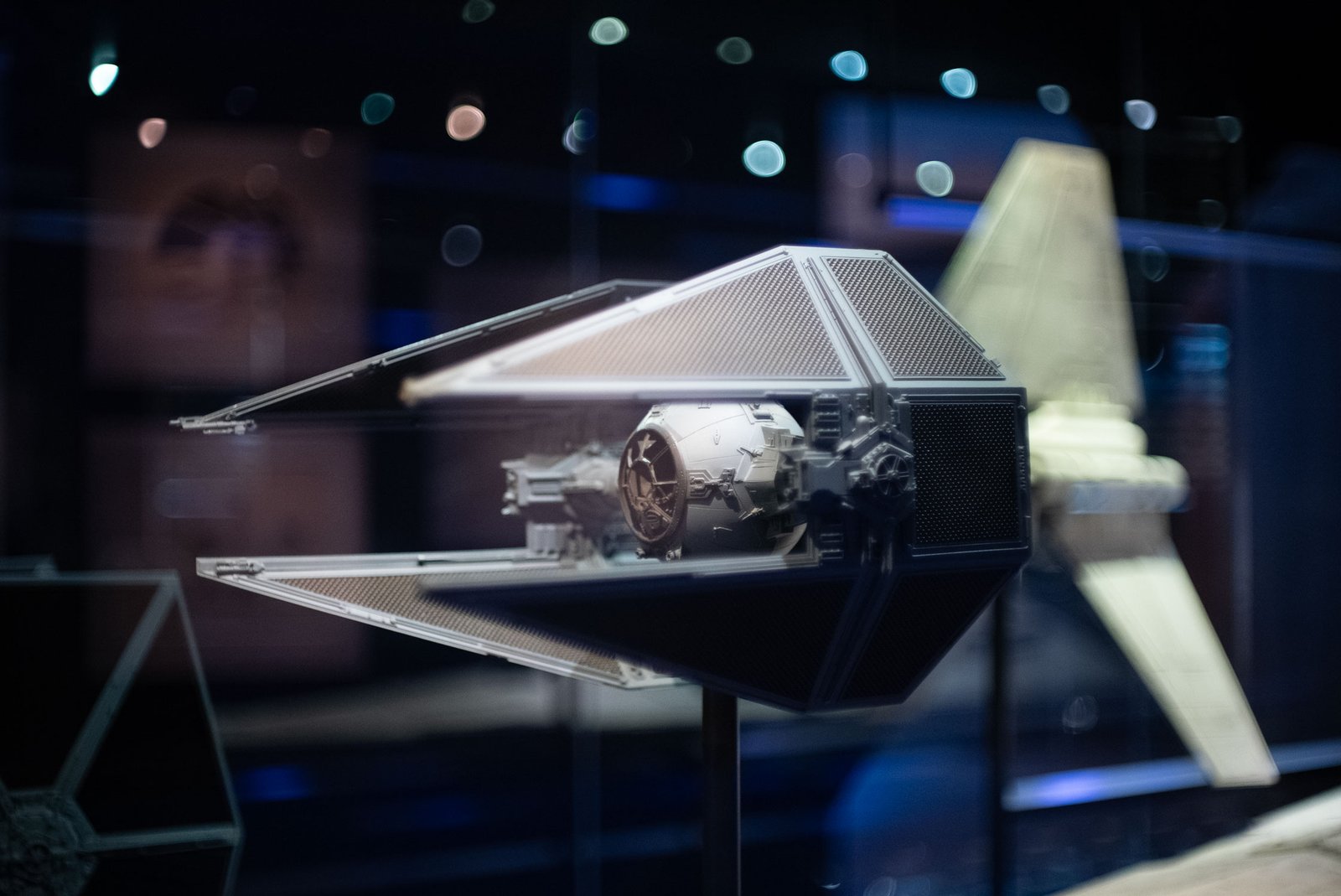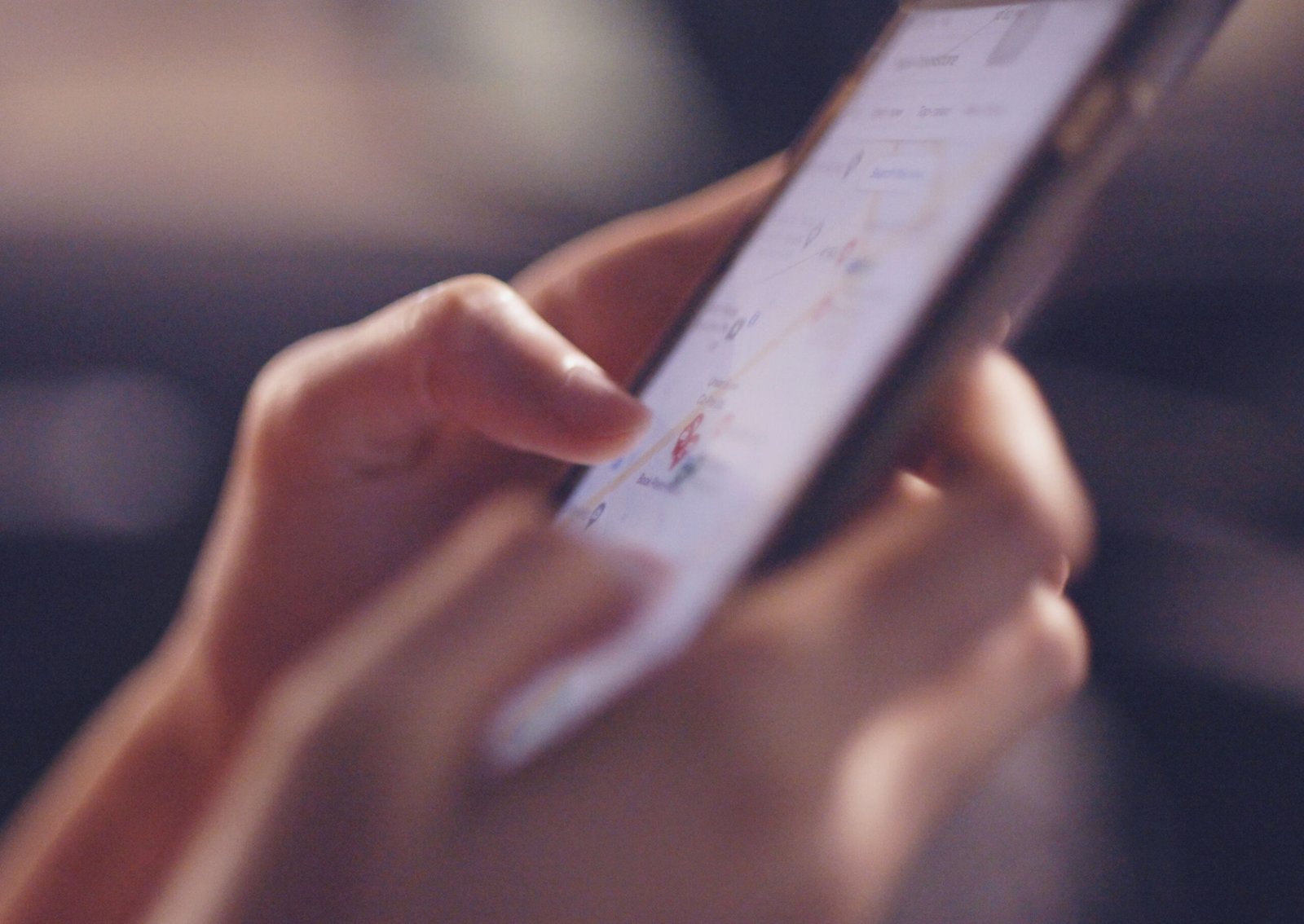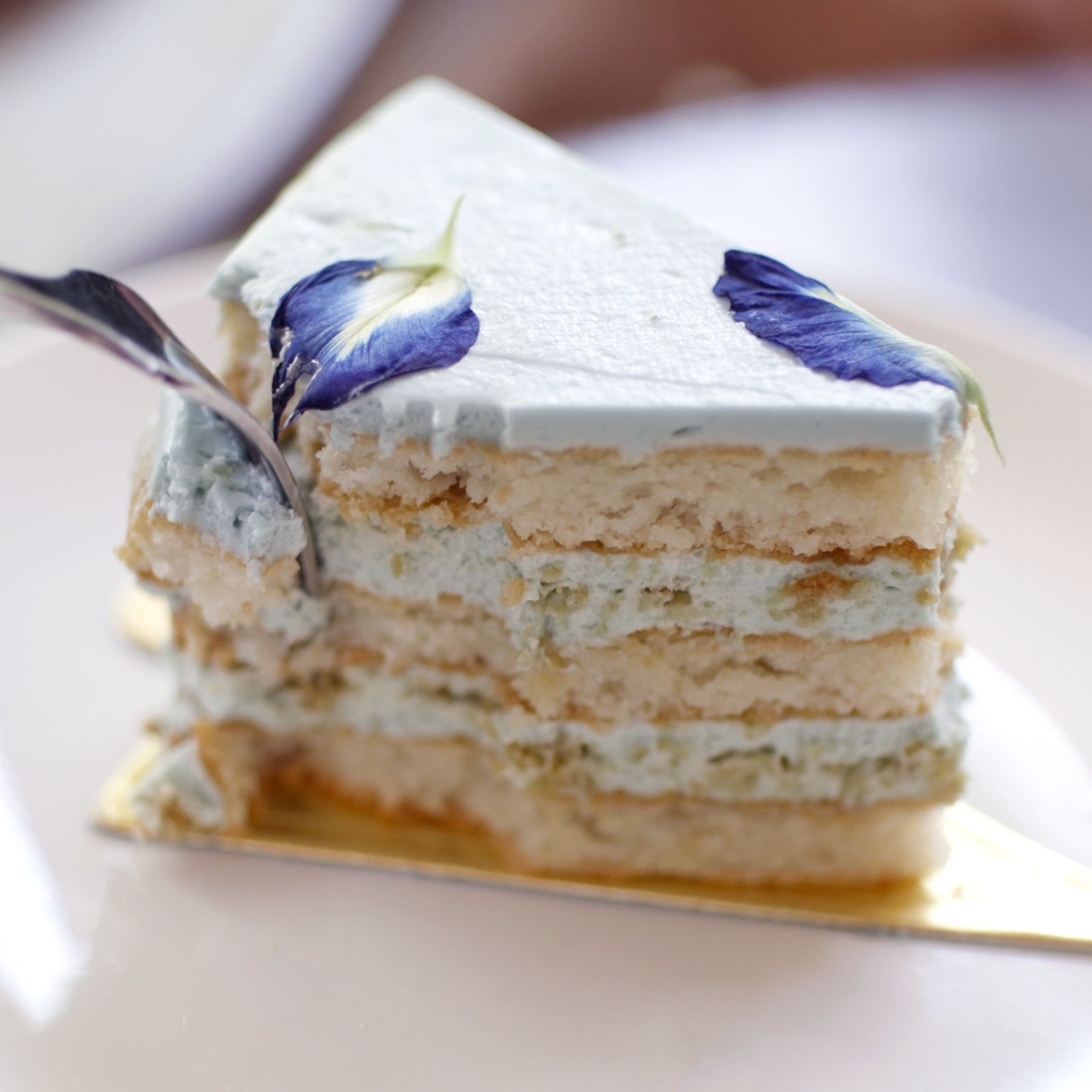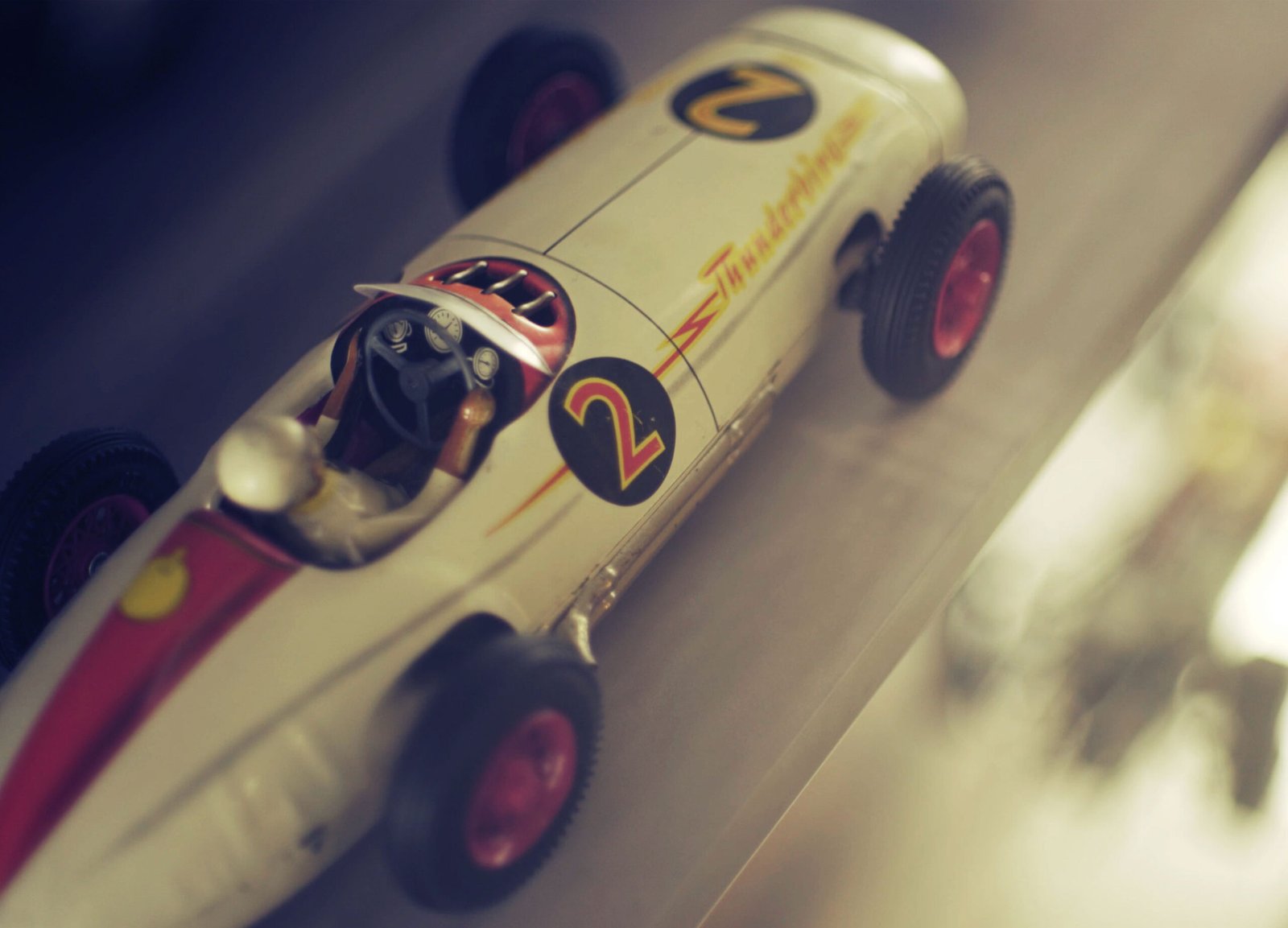I first heard of adapting vintage film lenses to modern mirrorless cameras back in 2017 – it seemed the cool thing to do back then. Started with a (cheap, cheerful and good) FD 50mm f1.4, FD 28mm f2.8 and a few other primes before trading them for a set of L-lenses, specifically the:
- FD 14mm f2.8L
- FD 24mm f1.4L
- FD 50mm f1.2L
- FD 85mm f1.2L
I’ve also kept hold of an FD 135mm f2, which I love the look of; but will omit that in this article for the sake of talking about the “official” L-lenses.
Physical build and design
Lots have been said about the build quality of older vintage lenses – how they’re better built than modern-day plastic counterparts. I do agree, as these L-lenses feel solid and nice to hold. The knurled barrels, while not made of rubber, have a nice tactile feel and offers good grip.
The focus rings have a heavier feel requiring more effort to turn, compared to the non-L variants of FDs. This exaggerates handheld movements, so there’s a need to practice getting used to this, especially when shooting handheld video.
Using vintage lenses on mirrorless cameras requires an adaptor, of which there are many options. Have used a few over the years (K&F Concept FD to NEX adapter, Fotodiox FD-NEX adapter), but I’ve a preference for solid, non-rotating locking ones – less play in the camera connection.
My favourite is the FD-E-mount adaptor made by C7Adapters – they’ve unfortunately stopped producing them. Another alternative is the slightly pricey adaptor made by Novoflex. Functionally similar, but somehow the non-branded design of the C7 looks best.
Is there a “vintage look”?
For sure. Putting it into words – these lenses are much less “perfect” than modern lenses. Softer, dreamier, well, older lol. Of note:
- the softness of the image is flattering for skin
- light and sun flares are exaggerated (a special look, lots of mood for sure)
- imperfections such as chromatic aberration & fringing
They’re rarely used for polished advertising photography, but when the look needs to describe a story (mood, tone), filmmakers use vintage lenses pretty often.
More reasons to love
Having no auto-focus also mean vintage lenses are smaller and lighter. Great for travel setups where every extra gm can weigh on your shoulders.
A final plus point? The cost of a Sony 50mm f1.2GM is a hefty USD$1898. An FD 50mm f1.2L can be bought currently between $600–900 on eBay (I got mine considerably cheaper back in 2018).
The most used of the bunch?
While the 14mm would be considered the most rare of the lot, the lens most often picked up is the 50mm f1.2L.
This lens is practically welded to my mirrorless camera (Sony ZV-E1 at the moment of writing). It gets way more use even than my modern Sony lenses (with AF, and much perfected, sharper optics).
